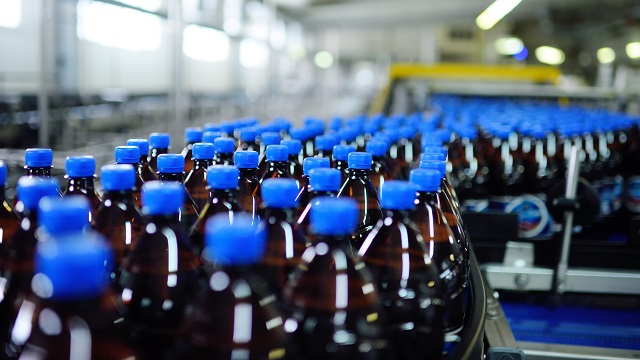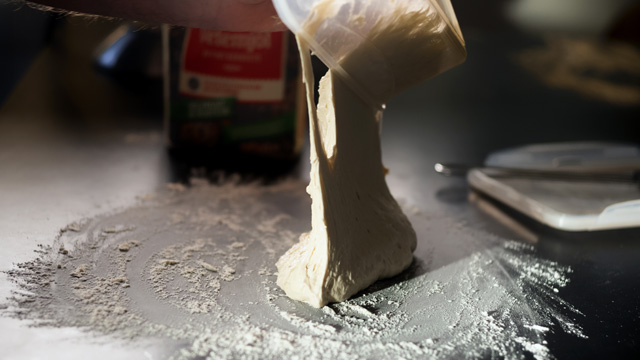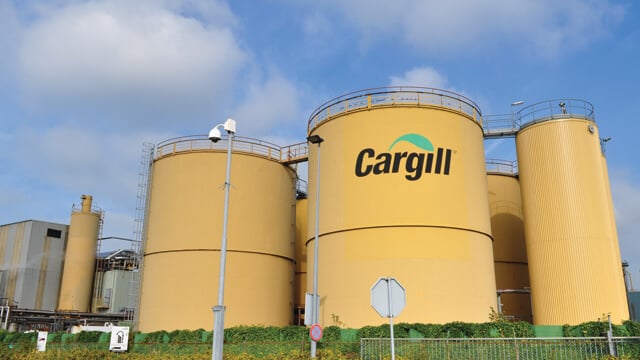Condition monitoring
Insights based on actual data
Get an optimized service plan for your rotating equipment based on actual data from sensors, monitoring critical components or process parameters. Algorithms developed by our leading experts analyze specific vibration patterns in order to provide relevant reports with key recommendations. It ensures that your equipment is performing as it should and enables you to plan your maintenance.
Service when necessary
Service intervals can be optimized by performing service at the right time, based on the actual condition of the equipment rather than based on a fixed time interval. This often means prolonged service intervals.
Condition monitoring is particularly recommended when service intervals are difficult to predict, when the costs are high due to lack of trained personnel and when separation is a critical part of the process.
Online Service
When choosing the online service, you receive frequent reports based on extensive and continuous vibration data analysis. And to help you sleep at night, alarm reports ensure that you are notified instantly should components fail or other issues with your equipment arise.
Offline service
The off-line service uses a portable device to download information at a specific moment in time.
How it works
Our experts:
- Collect vibration data – onsite or online
- Analyze the collected data, either locally or centrally for a more detailed analysis
- Determine what type of service is required and when to perform it based on actual data
- Provide an optimized service plan for rotating equipment
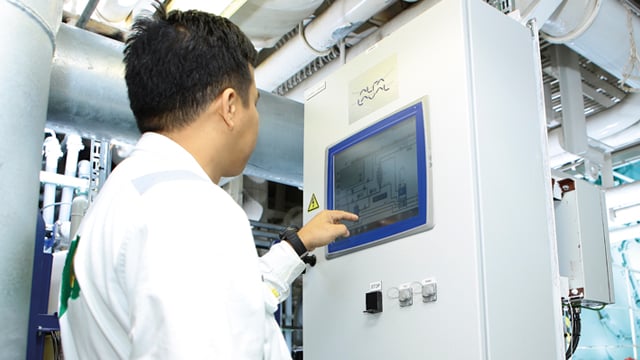
Contact us
Condition Monitoring for:
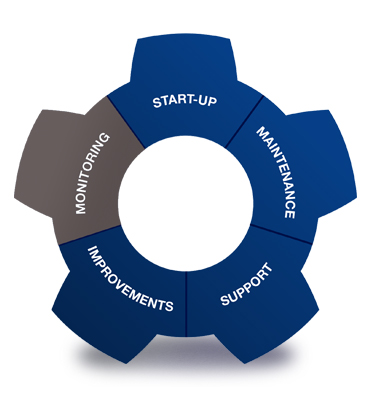
Part of Alfa Laval Monitoring Services.
Ten Top Tips to Keep your Plate Heat Exchanger in Tip Top Condition
1. Make sure that the operating conditions (temperatures and flow rates) comply with the design specifications.
2. At start-up, vent the heat exchanger but open and close the valves slowly to avoid pressure surges and water hammer.
3. Use upstream filters and strainers to remove particulate fouling and protect the heat exchanger.
4. On a daily basis check for any changes in temperature or pressure and check for any signs of external leaks.
5. On a regular basis keep the tightening bolts clean and well-lubricated.
6. Use Performance Audit to avoid having to open the plate heat exchanger for inspection.
7. Use Cleaning-In-Place (CIP) to avoid the need to open the heat exchanger for cleaning.
8. Always keep stand-by units clean and dry. If a heat exchanger is taken out of service, flush with fresh water and drain it completely.
9. Protect heat exchangers from water splash and rain. Avoid exposure to ultra violet rays and ozone typically generated from electrical sources.
10. Only use genuine spare parts for guaranteed performance, reliability and equipment life. Maintain a stock of essential spare parts and follow the storage instructions.
Learn more about keeping your Alfa Laval equipment in top condition.

